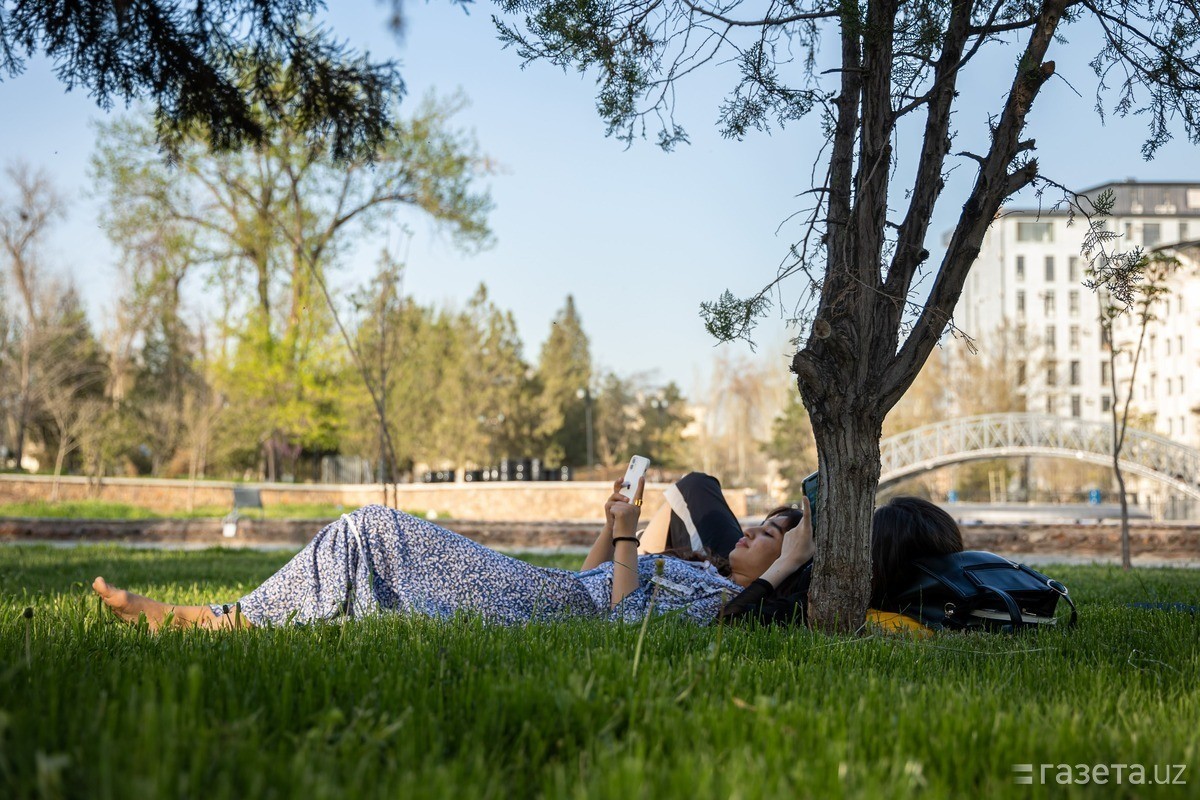News
Trends in modern urbanism. How to build a comfortable city
Uzbekistan, Tashkent - Gazeta.uz
In the future, cities with comfortable air temperatures will be considered convenient. Residents of Uzbekistan have a centuries-old tradition of dealing with heat and can avoid the mistakes of other cities when developing their territories. Participants of the Tashkent Investment Forum spoke about trends in modern urbanism.
Urban growth and high building density are prompting governments to reconsider approaches to territorial development. Previously, architects and municipalities believed that to populate new territories it was enough to build residential buildings. Today it is believed that people will come if you build a comfortable urban environment. Comfort in a big city became one of the themes of the last Tashkent Investment Forum. "Gazeta.uz" presents the most interesting of the speakers' speeches.
“The perception of comfort has changed over the last 15 years. Today, comfort means microclimate and temperature,” said Kuba Snopek, a Polish researcher and managing partner of Direction, an international company that advises businesses and cities on urban planning issues.
The expert noted a certain similarity between Tashkent and Warsaw: cities of approximately the same area, shape and population, both have a socialist past, were destroyed, one by the Second World War, the other by an earthquake, and then rebuilt.
Kuba Snopek said that in the early 1990s, economic growth began in Poland, and EU states actively invested in the country. Polish architects, city administrations and residents sought to adopt the European idea of comfort, which was inherent in cities in those years: comfort meant visual order. Warsaw has invested heavily in public spaces. Smooth, geometrically shaped sidewalks and lawns and urban furniture appeared throughout the city. Along with this new organization came a lot of stone and concrete.
“Hundreds of public spaces in the country have turned into empty and concrete order, whereas before they were ‘disorganized’ but green,” said Kuba Snopek.
He added that the painful love of municipalities for such an order was called “concrete disease,” and city residents began to show dissatisfaction with the loss of water and greenery and tried to show the authorities the fallacy of concreting. Citizens began to measure the air temperature in the summer: in the presence of water or shade, it dropped by several degrees.
Over time, residents managed to reach out to architects and authorities, and today the issue of comfortable temperature in cities is no longer a stumbling block between them. Today, a new master plan is being developed in Warsaw. One of his goals is to create a so-called blue-green infrastructure, which will help, among other things, reduce the temperature in the city.
“We are now in one of the hottest cities on Earth. Tashkent has a centuries-old tradition of dealing with heat. People know how to do it: there are ditches, huge trees, water, greenery, a lot of shade,” said Kuba Snopek.
According to him, in Tashkent he visited both the old city mahallas and modern residential neighborhoods, and everywhere he met confirmation that creating an urban environment with a comfortable temperature is in the blood of Tashkent residents. “Everyone knows what to do to keep it cooler.”
“Temperature is a critical issue in urban comfort. In the future, cool cities will be considered comfortable. I know that Tashkent has this knowledge, and I hope you will share it!” - said Cuba Snopek.
Unlike developed cities in Europe, Uzbekistan has every chance and opportunity to avoid mistakes made by others and build sustainable and comfortable cities, noted Tony Jorgens, managing director of ESP. Design Studios, which develops city master plans and architectural design.
When developing new territories, the expert recommended building housing last. According to him, tens of millions of empty apartments in Chinese cities indicate that people no longer come to places where there is nothing but housing.
Tony Jorgens emphasized that cities first need to think about streets and transportation when designing and implementing master plans. Since changing people’s transportation habits is more difficult than organizing new modes of transportation, a hierarchy of streets—from arterial to internal and pedestrian—as well as types of public transport and a network of bicycle paths should be designed in advance for new territories. Then, when settling territories, people will already have formed the habit of moving in the designed way.
Then it is necessary to determine places for green areas. They should be located in such a way that people can move from one public space to another. Projects for the development of these green areas can be transferred to different architectural firms, so that each attracts residents with unique leisure activities.
Although multi-storey car parks are not environmentally friendly, they are a solution to the problem of lack of parking spaces in cities, says Tony Jorgens. Such structures can organically fit into the urban landscape if they are hidden behind climbing greenery and trees.
Based on the population forecasts of the territory, it is necessary to design social infrastructure and commercial areas. It is advisable to build residential areas vertically, added Tony Jorgens. According to him, the number of floors of apartment buildings from 7 to 24 floors is considered acceptable. This density of residential development will make it possible to preserve enough territory for kindergartens and schools, parks and recreational areas, parking lots and hospitals, libraries and concert halls.

